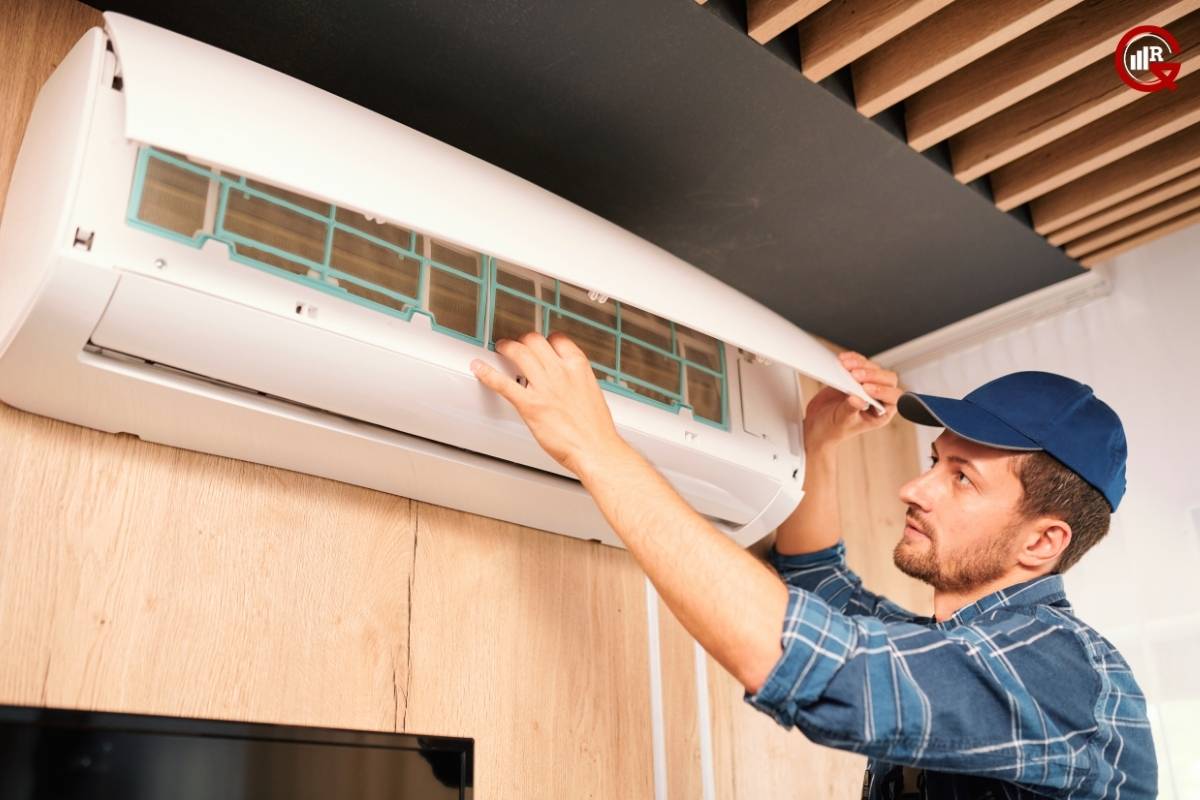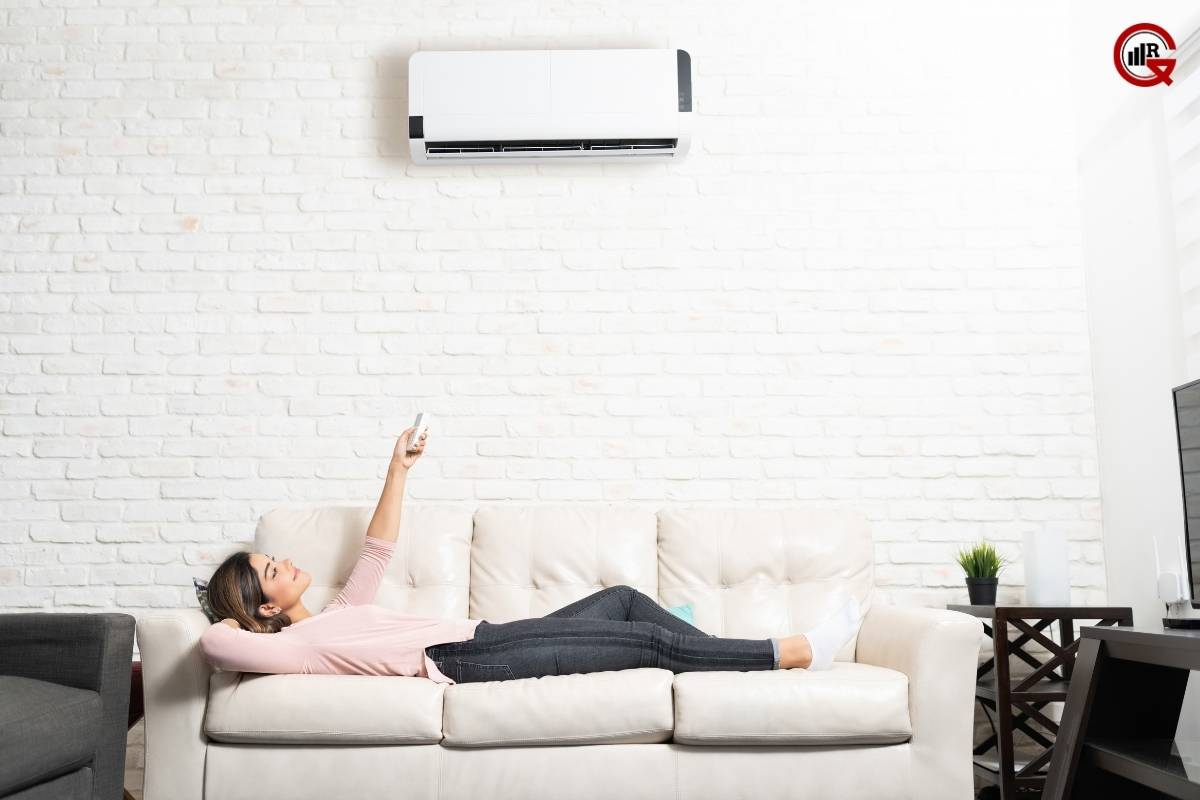In the realm of modern living and working spaces, air conditioning equipment plays a vital role in providing comfort, productivity, and well-being. From residential homes to commercial buildings, air conditioning systems help regulate indoor temperatures, control humidity levels, and improve air quality, creating environments conducive to health, efficiency, and relaxation. In this article, we delve into the evolution, mechanics, types, benefits, and future trends of air conditioning equipment.
The concept of air conditioning dates back thousands of years, with ancient civilizations using various methods to cool indoor spaces, such as evaporative cooling, ice harvesting, and windcatcher towers. However, it wasn’t until the late 19th and early 20th centuries that modern air conditioning technology began to emerge.
In 1902, Willis Carrier, an American engineer, invented the first modern air conditioning system, which used a combination of cooling coils, fans, and humidity controls to regulate indoor temperatures and humidity levels. Carrier’s invention revolutionized the way people lived and worked, paving the way for the widespread adoption of air conditioning technology in residential, commercial, and industrial settings.
Over the decades, air conditioning equipment has undergone significant advancements in terms of efficiency, performance, and environmental sustainability. From the introduction of central air conditioning systems and ductless mini-split systems to the development of smart thermostats and energy-efficient cooling technologies, the evolution of such equipment has transformed the way we experience indoor comfort.
Mechanics of Air Conditioning Equipment

Air conditioning equipment operates on the principles of thermodynamics, refrigeration, and heat transfer to remove heat from indoor spaces and expel it outdoors. The basic components of an air conditioning system include:
Compressor: The compressor is the heart of the air conditioning system, responsible for compressing and circulating refrigerant gas through the system’s components. As the refrigerant gas is compressed, its temperature and pressure increase, allowing it to absorb heat from indoor air.
Condenser Coil: The condenser coil is located in the outdoor unit of the air conditioning system and serves to dissipate heat absorbed from indoor air. As the refrigerant gas flows through the condenser coil, it releases heat to the surrounding outdoor air and condenses into a liquid state.
Expansion Valve: The expansion valve regulates the flow of refrigerant into the evaporator coil and controls its pressure and temperature. As the high-pressure liquid refrigerant passes through the expansion valve, it undergoes a rapid expansion, causing its temperature to drop significantly.
Evaporator Coil: The evaporator coil is located in the indoor unit of the air conditioning system and serves to absorb heat from indoor air. As warm indoor air passes over the cold evaporator coil, the refrigerant inside absorbs heat from the air, causing it to evaporate into a gas state.
Fan: The fan circulates air over the evaporator coil and throughout the indoor space, distributing cooled air and maintaining desired temperature and humidity levels.
Types of Air Conditioning Equipment
Central Air Conditioning Systems: Central air conditioning systems use a centralized unit to cool multiple rooms or zones within a building. These systems typically consist of an outdoor condenser unit, an indoor evaporator unit, ductwork, and air distribution vents. Central air conditioning is commonly used in residential homes, commercial buildings, and large facilities.
Ductless Mini-Split Systems: Ductless mini-split systems, also known as split-ductless systems, provide individualized cooling for specific rooms or zones without the need for ductwork. These systems consist of an outdoor condenser unit and one or more indoor air handlers mounted on walls or ceilings. Ductless mini-split systems offer flexibility, energy efficiency, and zoning capabilities, making them ideal for retrofitting existing buildings or adding supplemental cooling to certain areas.

Window Air Conditioners: Window air conditioners are self-contained units designed to cool single rooms or small spaces. These units are installed in windows or through-wall openings and consist of a compressor, condenser, evaporator, fan, and control panel. Window air conditioners are cost-effective, easy to install, and suitable for residential apartments, offices, and temporary structures.
Portable Air Conditioners: Portable air conditioners are compact, freestanding units that can be moved from room to room as needed. These units typically consist of a single housing containing all components, including a compressor, condenser, evaporator, fan, and exhaust hose. Portable air conditioners are convenient for cooling specific areas or supplementing existing cooling systems in homes or offices.
Benefits of Air Conditioning Equipment
Improved Comfort: Air conditioning equipment provides consistent cooling and dehumidification, creating comfortable indoor environments even during hot and humid weather conditions.
Enhanced Productivity: Cooler, more comfortable indoor environments have been shown to improve productivity, concentration, and cognitive performance in both residential and commercial settings.
Better Air Quality: Air conditioning systems help filter and purify indoor air, removing airborne pollutants, allergens, and contaminants that can negatively impact respiratory health and overall well-being.
Temperature Regulation: Air conditioning equipment allows for precise temperature control, ensuring optimal comfort and climate conditions for occupants year-round.
Energy Efficiency: Modern air conditioning systems are designed to be energy-efficient, reducing energy consumption, utility costs, and environmental impact while maximizing cooling performance and comfort.
Future Trends and Innovations

Smart Technology Integration: The integration of smart technology, such as Wi-Fi connectivity, smart thermostats, and mobile apps, enables remote monitoring, control, and optimization of air conditioning systems for improved energy efficiency and user convenience.
Energy-Efficient Cooling Technologies: Advancements in compressor technology, refrigerants, and heat exchangers are driving the development of more energy-efficient and environmentally friendly air conditioning systems that comply with stricter energy regulations and sustainability standards.
Variable Refrigerant Flow (VRF) Systems: Variable refrigerant flow (VRF) systems offer enhanced flexibility, efficiency, and zoning capabilities by dynamically adjusting refrigerant flow and capacity to match specific cooling and heating demands in different zones or areas within a building.
Hybrid and Renewable Cooling Solutions: Hybrid cooling systems, which combine traditional air conditioning technology with renewable energy sources such as solar power, geothermal energy, or waste heat recovery, offer sustainable alternatives for reducing energy consumption and carbon emissions associated with cooling.
Personalized Comfort Solutions: The development of personalized comfort solutions, such as wearable cooling devices, personalized climate control settings, and adaptive cooling algorithms, allows individuals to customize their indoor comfort preferences and reduce energy waste by focusing cooling efforts where they are needed most.
Conclusion: Advancing Indoor Comfort with Air Conditioning Equipment
In conclusion, air conditioning equipment has transformed the way we live, work, and play by providing reliable, efficient, and customizable indoor comfort solutions. From central air conditioning systems and ductless mini-split systems to window units and portable air conditioners, a wide range of options is available to meet the diverse cooling needs of residential, commercial, and industrial spaces.
As technology continues to evolve and sustainability becomes increasingly important, the future of equipment lies in innovation, efficiency, and environmental stewardship. By embracing smart technologies, energy-efficient cooling solutions, and personalized comfort solutions, we can continue to advance indoor comfort while minimizing energy consumption, reducing environmental impact, and creating healthier, more sustainable indoor environments for generations to come. Air conditioning equipment is not just about cooling spaces—it’s about enhancing quality of life, promoting productivity, and ensuring comfort and well-being for all.






